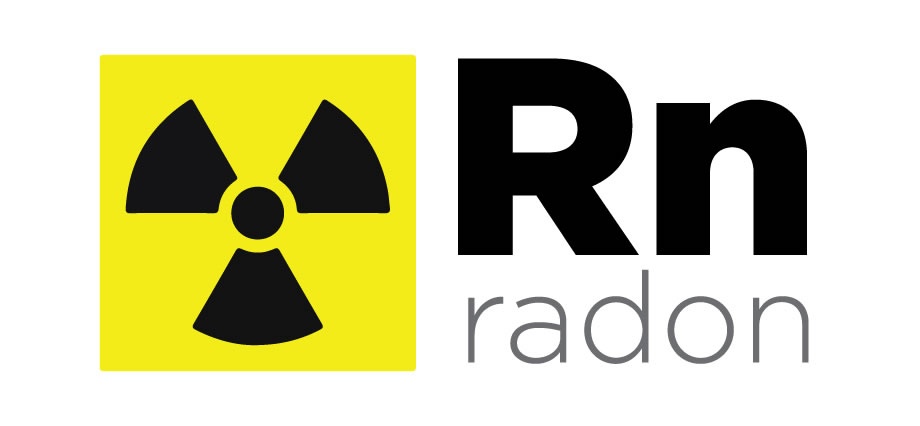What are Factors That Can Affect Radon Levels?
Radon Levels: Several factors can influence your radon test results. Keep in mind, however, that although radon gas levels might vary somewhat from one day-to-day, it is unusual for the difference to be significant. If you doubt your test results, you might choose to retest yourself or hire a certified professional. Here are some suggestions to help ensure an accurate reading:
Time of year – Radon levels usually are highest during the heating season. If you are performing a long-term test, choose a time period that will span heating and non-heating seasons.
Test location – The EPA recommends testing for radon in the lowest livable level of your home, where radon levels usually are highest in the home.
Weather patterns – Do not conduct a short-term test during conditions that can influence the test results, such as stormy weather or very high winds.
Test interference – Do not move the test device or open doors and windows during the test, as these actions can result in understated radon levels.
Follow directions – Leave the test in place for the required time period, fill out all required information and mail the device to the laboratory immediately after completing the test.
What do I do if my radon test result is high?
Contact a certified professional radon contractor (mitigator). We suggest Reliable Radon, Patrick Butler.
What will a radon contractor do to fix the radon?
Based on several factors, including your home’s construction, the type of soil beneath your home, whether you have a finished basement or a crawlspace, the climate in which you live, and so on, the contractor will design a radon mitigation system that will draw the radon gas from beneath your home and safely vent it above the roofline, reducing the radon level to below 4.0 pCi/L. Usually, the system installed will be what is called an active soil depressurization (ASD) system. Before installing the ASD system, the mitgator will seal all major cracks, drains, sumps and crawlspaces. The basic components of an ASD system are:
- One or more small holes called suction or draw points
- PVC pipe inserted into the hole(s) and run either through the basement wall to the exterior of your home or up through the interior into the attic and extended above the roofline
- A specially designed radon fan attached to the pipe electrically wired
- A u-tube manometer attached to the pipe to monitor the operation of the fan
What happens after the radon is fixed?
The radon mitigator will retest your home to make sure the radon level is reduced adequately. To keep the radon level down, the radon fan must run continuously, so don’t turn it off or unplug it. Check the u-tube monitor from time to time to see if your system is operating properly, and test your home and test your home every 2 years to make sure the radon level remains low. It is normal to have minor fluctuations.
Contact Rick or Tracy Ellis at 636-299-3702 or 636-699-2197 if you’re thinking of buying or selling a home!
Tracy Ellis
RE/MAX EDGE
Direct: 636-299-3702
Office: 636-720-3833
Fax: 636-300-3038
Email: Tracy@TracyEllis.com
Web Site: www.TracyEllis.com
Tune in to The Rick and Tracy Ellis Show on 97.1 FM News Talk Saturdays at 4:00 PM & Sundays at 10:00 AM


